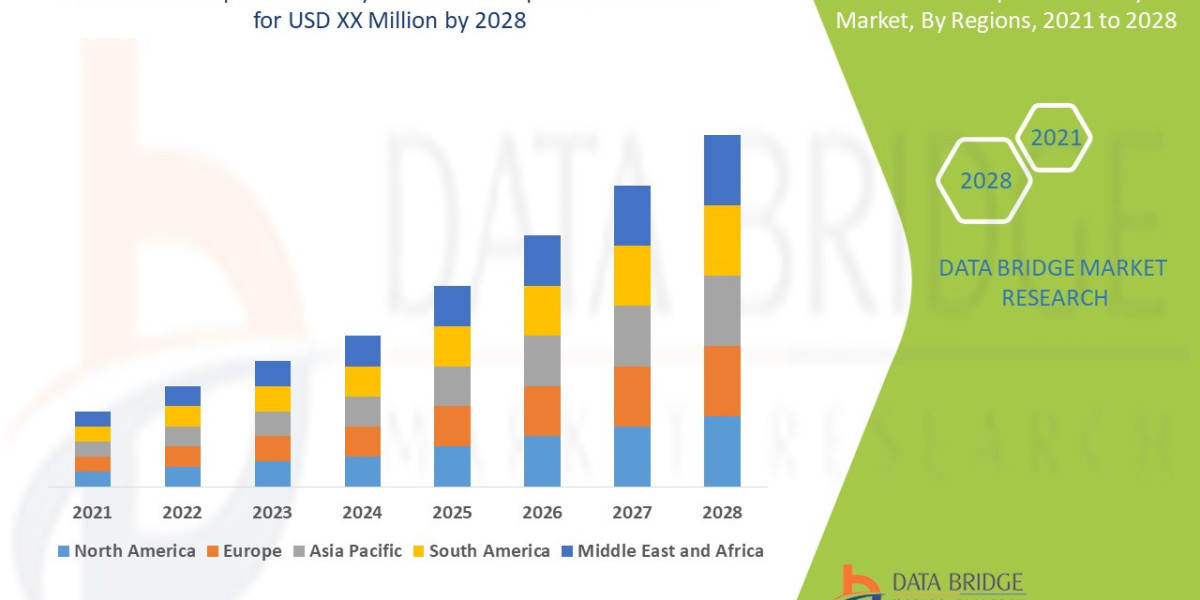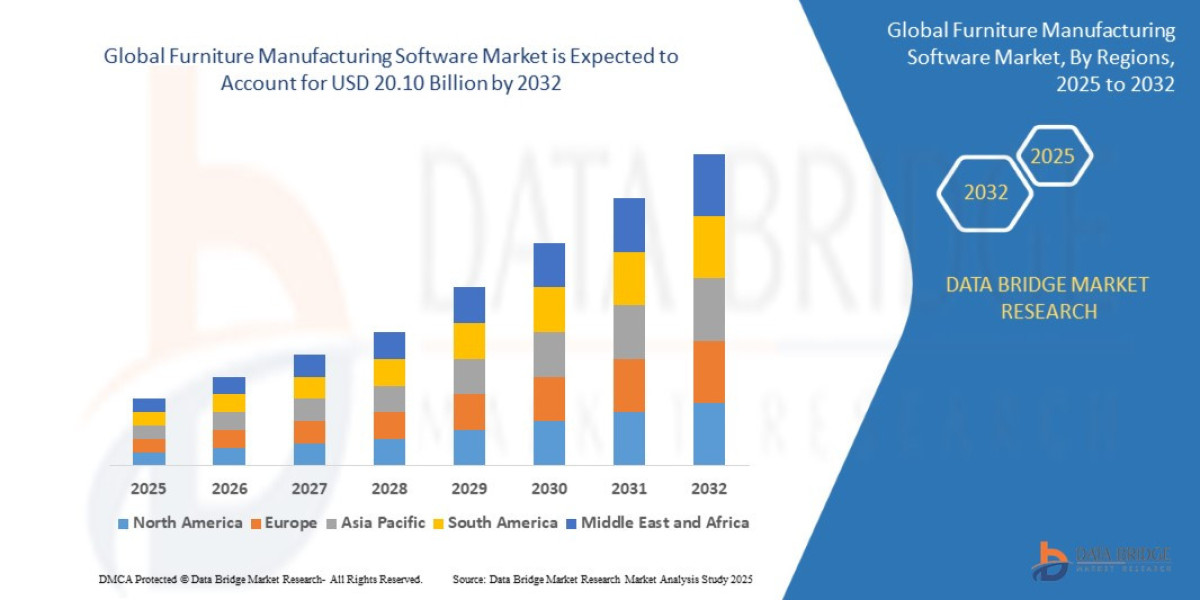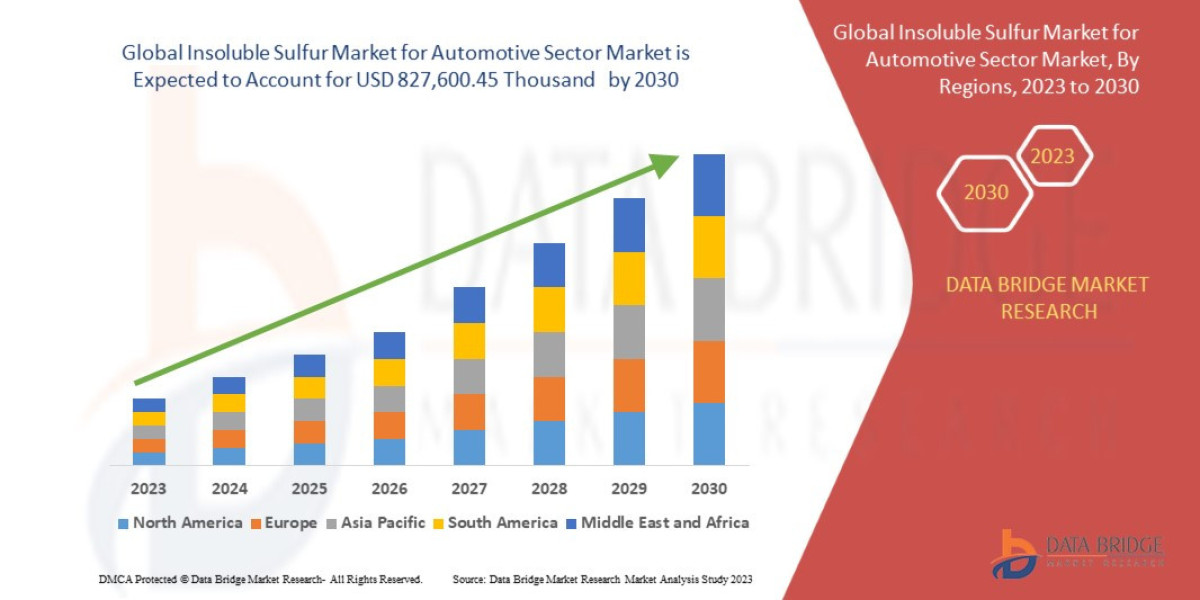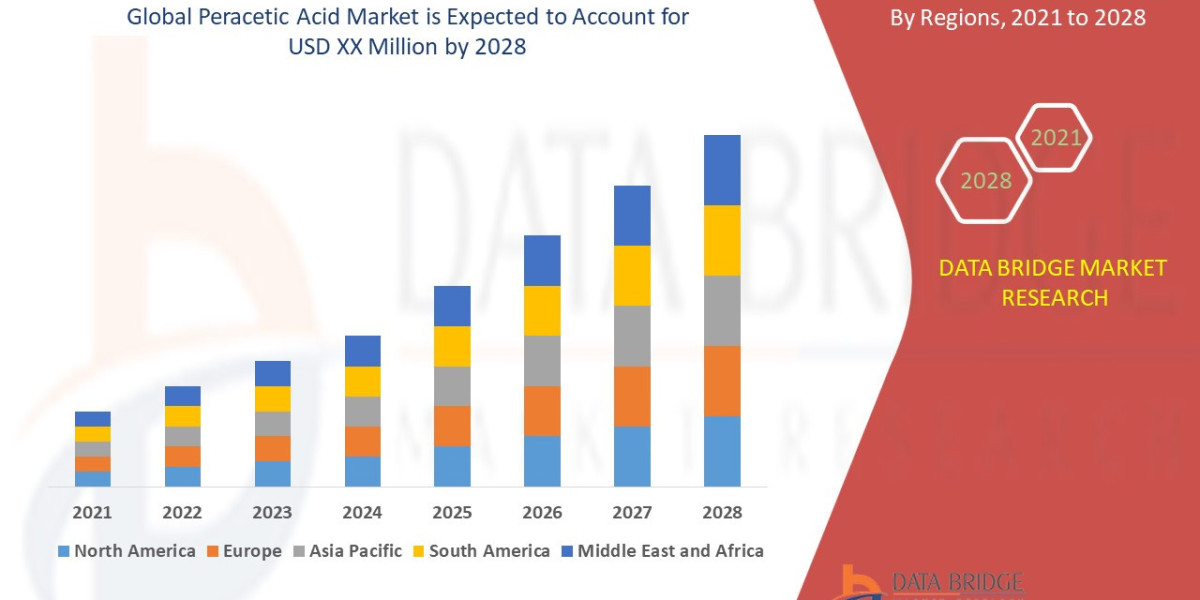Executive Summary
The gene expression analysis market size was valued at USD 4.22 billion in 2024 and is projected to reach USD 8.03 billion by 2032, with a CAGR of 8.36% during the forecast period of 2025 to 2032.
Market Overview
Defining Gene Expression Analysis
Gene expression analysis refers to the techniques and tools used to measure the activity of genes by quantifying the amount of messenger RNA (mRNA) or other RNA molecules in a biological sample. This process is vital for determining the functional output of the genome, providing insights into biological mechanisms, disease pathogenesis, and the efficacy of therapeutic agents. The core concept revolves around the central dogma of molecular biology: DNA → RNA → Protein, with expression profiling focusing on the intermediate RNA step.
Key Segments
The market is segmented across several dimensions, each representing a critical component of the value chain:
Product & Service: This is the most granular segmentation, with Reagents & Consumables (kits, enzymes, buffers, DNA chips) dominating market share due to their high-volume, recurring nature. Instruments (Next-Generation Sequencers (NGS), quantitative PCR (qPCR) systems, Microarray Scanners) and Services (RNA sequencing services, bioinformatics solutions) follow.
Technology: Key technologies include Next-Generation Sequencing (NGS) (especially RNA-Seq), which offers high throughput and sensitivity, qPCR (for targeted, quantitative analysis), and DNA Microarrays (still relevant for high-volume screening and clinical diagnostics).
Application: The largest and fastest-growing application segment is Drug Discovery & Development (biomarker discovery, molecular screening), followed by Clinical Diagnostics (oncology, infectious diseases), and Academic Research (gene function studies).
End-User: Pharmaceutical & Biotechnology Companies and Academic & Research Institutes are the largest end-users, driven by extensive R&D spending and government-funded projects.
Key Drivers and Current Dynamics
Rise of Personalized/Precision Medicine: The ability to profile a patient’s unique gene expression signature is central to developing targeted therapies and diagnostics, particularly in oncology.
Decreasing Cost of Sequencing: Technological advancements, epitomized by high-capacity sequencers like the Illumina NovaSeq X Series, continue to lower the cost per run, making high-throughput expression profiling more accessible.
Increasing Prevalence of Chronic Diseases: The growing global burden of complex diseases like cancer, cardiovascular disorders, and neurological conditions fuels the demand for advanced tools to understand disease mechanisms and identify new drug targets.
Government and Private R&D Funding: Substantial investment in genomics and proteomics research across North America and Europe drives demand for both instruments and consumables.
Market Size & Forecast
The gene expression analysis market size was valued at USD 4.22 billion in 2024 and is projected to reach USD 8.03 billion by 2032, with a CAGR of 8.36% during the forecast period of 2025 to 2032. In addition to the insights on market scenarios such as market value, growth rate, segmentation, geographical coverage, and major players, the market reports curated by the Data Bridge Market Research also include depth expert analysis, patient epidemiology, pipeline analysis, pricing analysis, and regulatory framework.
For More Information Visit https://www.databridgemarketresearch.com/reports/global-gene-expression-analysis-market
Key Trends & Innovations
The market is being fundamentally reshaped by disruptive technological advancements that enhance resolution, throughput, and clinical utility.
1. Single-Cell and Spatial Transcriptomics
This represents the most significant current trend. Traditional bulk RNA-Seq averages expression across millions of cells, obscuring critical cellular heterogeneity.
Single-Cell RNA Sequencing (scRNA-Seq): Allows for the profiling of individual cells, revealing new cell types, tracking developmental trajectories, and identifying rare sub-populations (e.g., drug-resistant cancer cells).
Spatial Transcriptomics: Technologies like those from 10x Genomics (Visium) and Nanostring (GeoMx/CosMx) map gene expression while preserving the tissue's spatial context. This capability is revolutionary for understanding complex tissue microenvironments, particularly in tumor immunology and neuroscience, where cell-to-cell communication and structural organization are paramount.
2. Integration of Artificial Intelligence (AI) and Bioinformatics
The sheer volume and complexity of data generated by NGS and multi-omics approaches are unmanageable without sophisticated computational tools.
AI/Machine Learning (ML): AI algorithms are increasingly being applied for tasks such as differential expression analysis, accurate variant calling, and predictive modeling for clinical outcomes (e.g., predicting drug response). This trend shifts the bottleneck from data generation to data interpretation, creating a burgeoning market for specialized bioinformatics solutions.
Cloud-Based Platforms: The move to cloud computing (e.g., AWS, Google Cloud) provides the scalable infrastructure needed to store, process, and analyze petabytes of genomic data efficiently, democratizing access for smaller institutions.
3. Long-Read Sequencing for Full-Length Transcripts
Companies like Pacific Biosciences and Oxford Nanopore are advancing long-read sequencing, which can resolve full-length transcript isoforms, alternative splicing events, and gene fusion products that are often missed by short-read NGS. This provides a more comprehensive and accurate picture of the transcriptome.
Competitive Landscape
The gene expression analysis market is intensely competitive and characterized by a mix of large, diversified life science giants and highly focused technology specialists.
Major Players and Market Strategies
Competitive Insight: Competition is centered on technological leapfrogging (e.g., better resolution, higher throughput, spatial mapping) and vertical integration. Companies are increasingly acquiring or collaborating with bioinformatics startups to offer seamless, "sample-to-insight" solutions, recognizing that data interpretation is the new frontier of value creation.
Regional Insights
North America (Dominant Market)
Performance: Holds the largest market share globally, driven by the presence of key industry players, world-class academic institutions, massive R&D budgets (both corporate and government-funded), and early adoption of precision medicine initiatives.
Opportunity: Continued expansion of clinical applications, particularly in oncology companion diagnostics, and significant venture capital investment in emerging technologies.
Europe (Mature Market)
Performance: The second-largest market, characterized by strong government support for genomics research (e.g., UK Biobank) and robust pharmaceutical industry presence.
Opportunity: Harmonization of regulatory frameworks (e.g., GDPR impacting data handling) and a focus on rare disease research offer tailored market entry points.
Asia-Pacific (Fastest Growing Market)
Performance: Poised for the highest CAGR, fueled by rapid expansion of the healthcare sector, increasing government investment in life sciences (especially in China, India, and Japan), and a growing focus on building domestic biotechnology capabilities.
Opportunity: The immense, largely untapped patient population provides a massive opportunity for clinical diagnostics and drug discovery applications. Strategic partnerships with local Contract Research Organizations (CROs) and hospitals are key.
Challenges & Risks
Complexity and Cost of Data Interpretation (The Bioinformatics Bottleneck): High-throughput methods generate colossal datasets. The scarcity of skilled bioinformatics professionals and the need for expensive, high-performance computing resources remain significant barriers for many academic and smaller clinical labs. Inaccurate or inconsistent data analysis can undermine the biological validity of results.
High Initial Capital Investment: The cost of advanced instruments, especially NGS sequencers and spatial transcriptomics platforms, can be prohibitively high for mid-sized institutions and emerging markets, limiting widespread adoption.
RNA Quality and Sample Heterogeneity: RNA is inherently less stable than DNA. Maintaining sample integrity from collection to analysis is a perpetual challenge. Furthermore, the inherent biological variability between samples and even within different regions of the same tissue complicates reproducible results.
Regulatory and Standardization Hurdles: Moving gene expression assays from research (RUO) to clinical diagnostics (IVD) requires stringent regulatory approval, standardization of protocols, and rigorous clinical validation, which is a slow and expensive process.
Opportunities & Strategic Recommendations
For Manufacturers and Technology Developers
Prioritize Seamless Bioinformatics Integration: Develop user-friendly, cloud-based data analysis platforms with built-in AI/ML capabilities. The goal is to make the "last mile" of data interpretation as effortless as the data generation step, turning a current market challenge into a core product differentiator.
Focus on Spatial and Single-Cell Workflow Solutions: Invest heavily in developing complete, easy-to-use kits and software for spatial transcriptomics and scRNA-Seq. The market's next growth phase will be driven by the adoption of these high-resolution technologies.
Develop Mid-Throughput/Portable Systems: Address the high capital cost barrier by launching more affordable, benchtop sequencing and qPCR systems tailored for decentralized diagnostics, particularly for use in hospitals and emerging market clinical labs.
For Investors and Private Equity
Target Bioinformatics and AI Startups: Identify firms specializing in robust, reproducible analysis of multi-omics data. These "picks and shovels" companies are essential for extracting value from the massive data generated by the major instrument players.
Invest in Clinical Validation for Oncology: Focus on diagnostic companies creating clinically validated, gene-expression-based companion diagnostics for cancer, which can achieve rapid commercial adoption alongside novel therapies.
Strategic Entry into Asia-Pacific: Seek joint ventures or acquisitions in high-growth countries like China and India to bypass import tariffs and benefit from rapidly expanding domestic healthcare and research budgets.
For Pharmaceutical and Biotech Companies
Adopt Multi-Omics for Target Identification: Move beyond genomics alone. Systematically integrate gene expression data (transcriptomics) with proteomics and metabolomics to provide a holistic view of biological systems, thereby increasing the speed and accuracy of drug target identification and validation.
Leverage Spatial Transcriptomics in Clinical Trials: Use spatial data to understand the precise cellular mechanisms of drug response or resistance within the tumor microenvironment, which is critical for developing next-generation immunotherapies.
Browse More Reports:
Middle East and Africa Digital Farming Software Market
Global Specialty Lancets Market
Asia-Pacific Medical Imaging (3D and 4D) Software Market
Global Flat Panel Detector (FPD)-Based X-Ray for Cone Beam Computed Tomography (CBCT) Market
Global Soy Protein Market
Asia-Pacific Botanical Extract Market
Europe Laminated Busbar Market
Global Moisture Analyser Market
Asia-Pacific Indium Market
Global Feather Meal Market
Global Protein Hydrolysates Market
Global X Linked Hypophosphatemia (XLH) Treatment Market
Global Musculoskeletal Disorders Drugs Market
Global Spinal Stenosis Treatment Market
Asia-Pacific Flotation Reagents Market
France Artificial Turf Market
Global Cardiovascular Genetic Testing Market
Global Brass Solenoid Valves Market
North America Medical Imaging (3D and 4D) Software Market
Global Flexible Insulation Market
Global Drug Eluting Stents (DES) Market
Middle East and Africa Ostomy Devices Market
Global Specialty Yeast Market
Global Automotive Blind Spot Detection System Market
Global Textile Fabric Market
Global Chemical Market
Global 3D Printed Jewelry Market
Global Jamestown Canyon Virus Treatment Market
Europe Botanical Extract Market
Global Cloud Applications Market
Global Plant Based Protein Market
North America High Barrier Packaging Films Market
About Data Bridge Market Research:
An absolute way to forecast what the future holds is to comprehend the trend today!
Data Bridge Market Research set forth itself as an unconventional and neoteric market research and consulting firm with an unparalleled level of resilience and integrated approaches. We are determined to unearth the best market opportunities and foster efficient information for your business to thrive in the market. Data Bridge endeavors to provide appropriate solutions to the complex business challenges and initiates an effortless decision-making process. Data Bridge is an aftermath of sheer wisdom and experience which was formulated and framed in the year 2015 in Pune.
Contact Us:
Data Bridge Market Research
US: +1 614 591 3140
UK: +44 845 154 9652
APAC : +653 1251 975
Email:- corporatesales@databridgemarketresearch.com








